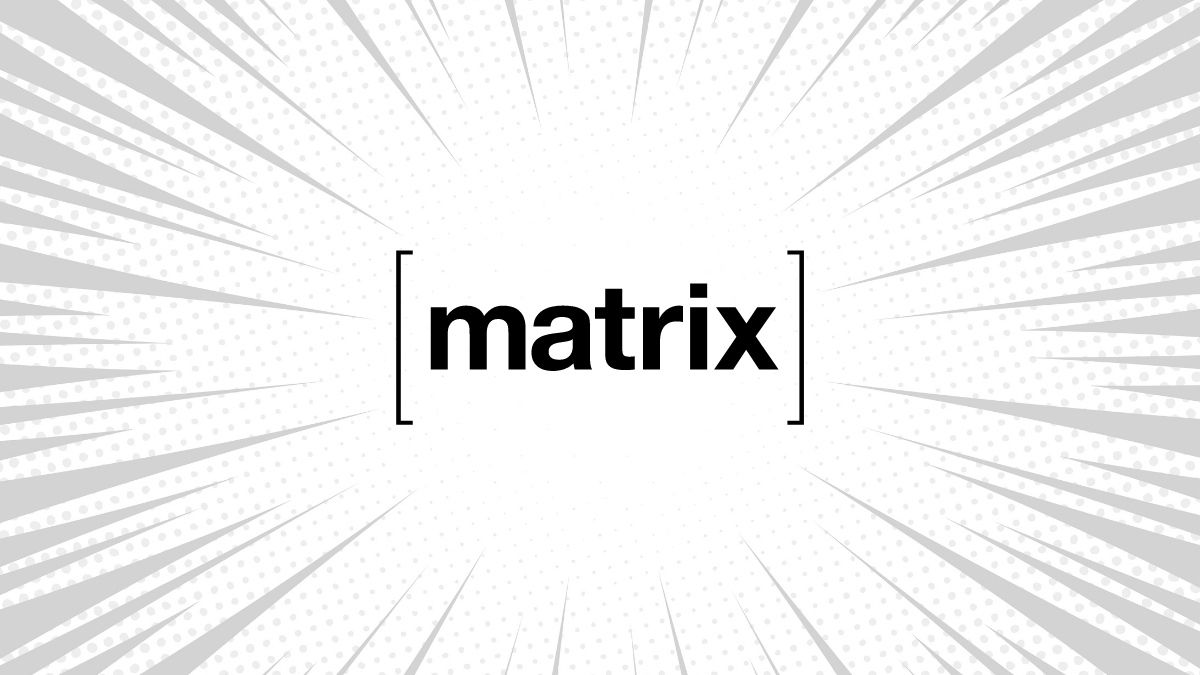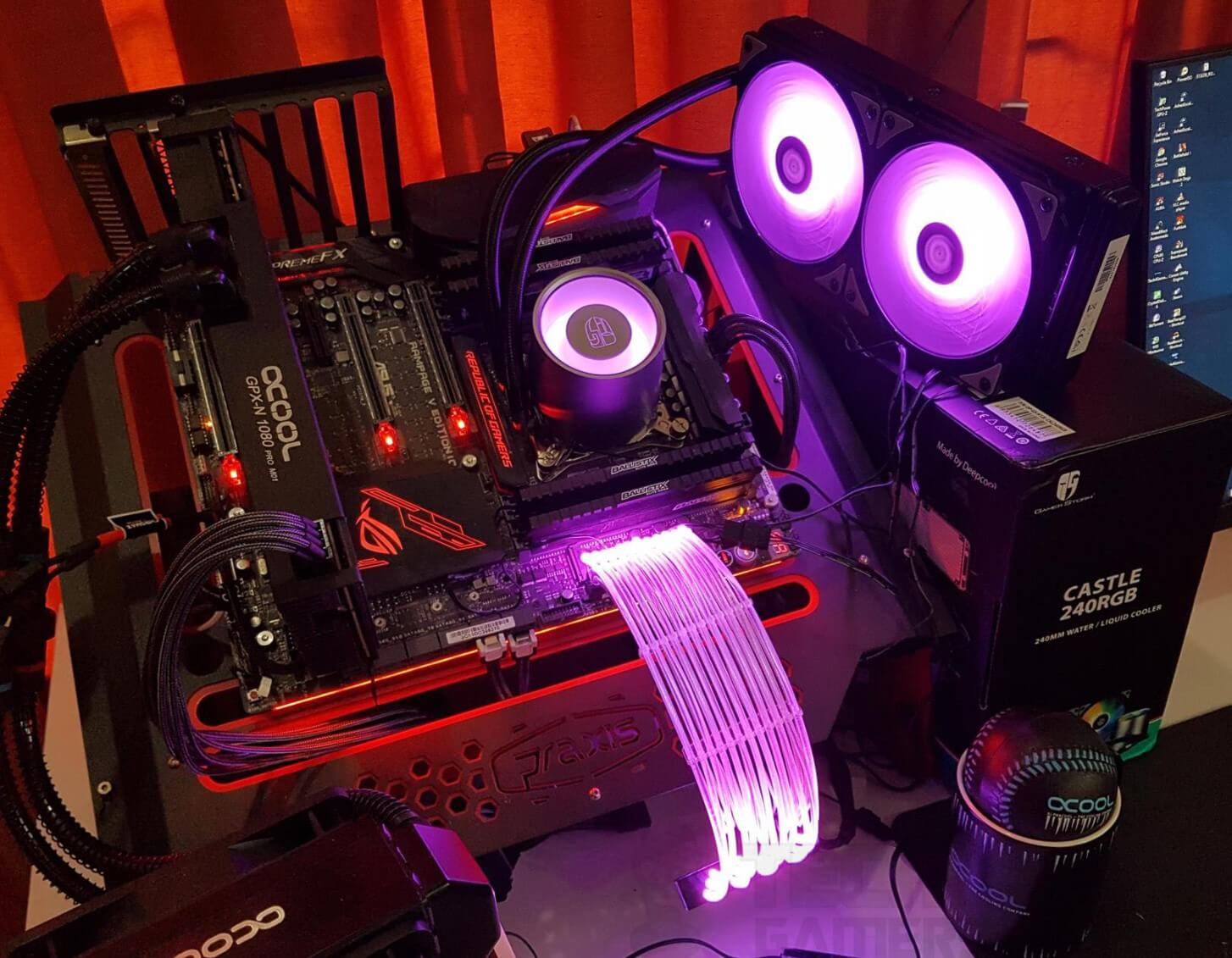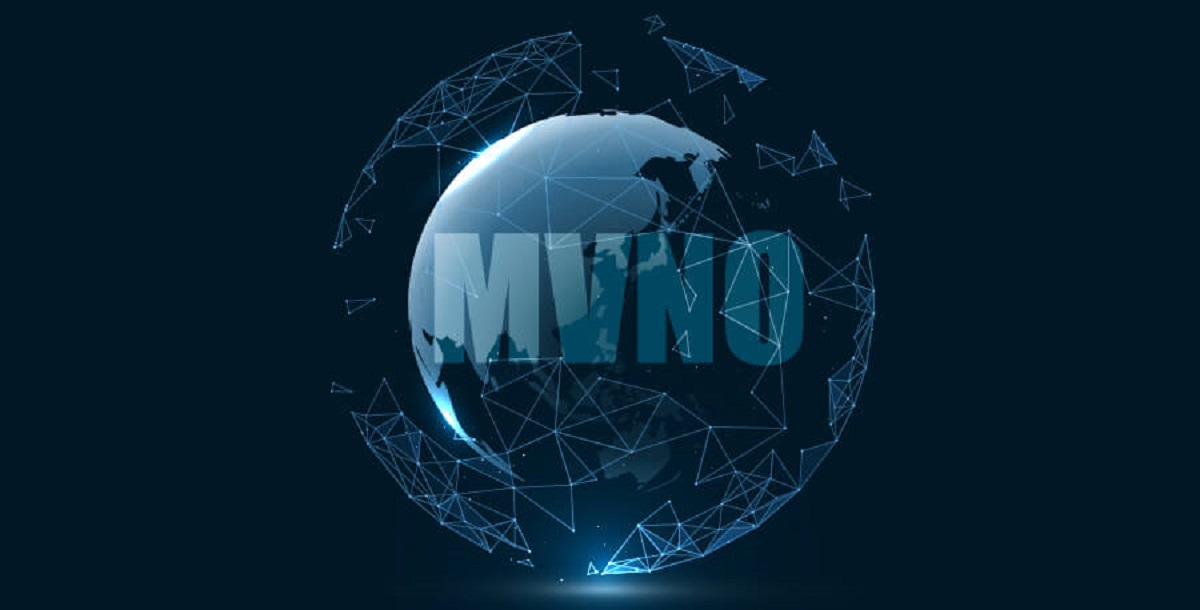Element, the company behind the decentralized communication protocol Matrix, has made a significant license change that will affect its open source project. The core Matrix server, Synapse, and related server-side projects are transitioning from the permissive Apache 2.0 license to the Affero General Public License (AGPL) v3. This change will make it less appealing for companies to build on top of the Matrix protocol without contributing back to the project.
Key Takeaway
Element, the core developer behind the Matrix protocol, has transitioned its server-side projects to the less-permissive AGPL open source license. This change aims to address the challenges Element faces in maintaining Matrix and encourages companies to contribute to the development costs of the underlying project. The switch to the AGPL license may impact businesses that prefer to keep their software closed-source, but it aligns with the fair and open source nature of Matrix.
New License to Level the Playing Field
The decision to switch to the AGPL license stems from the increasing cost of maintaining Matrix and the need for a more level playing field. Element claims to make over 95% of all code contributions to Matrix and has struggled to keep up with companies that build proprietary products on top of the protocol without the responsibility of contributing to its development. By transitioning to the AGPL license, Element aims to prioritize its customers and their specific requirements.
Efforts to Collaborate
Element has made efforts to collaborate with companies that use the Matrix protocol without contributing to the project. However, these attempts to secure financial or in-kind contributions have had limited success. Element is currently working on alternative licensing arrangements with these companies to ensure that their forks of Matrix can continue.
About Matrix
Matrix is a decentralized communication protocol that was developed in 2014 by Element co-founders Matthew Hodgson and Amandine Le Pape. It provides a secure messaging and communication platform that can be used by enterprises, governments, and individuals. Matrix has gained traction in Europe, particularly in Germany’s healthcare system, where it is being used to connect various entities in the industry. The Matrix project currently boasts more than 115 million users.

























